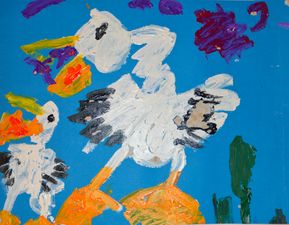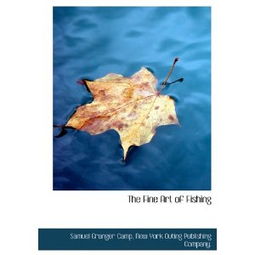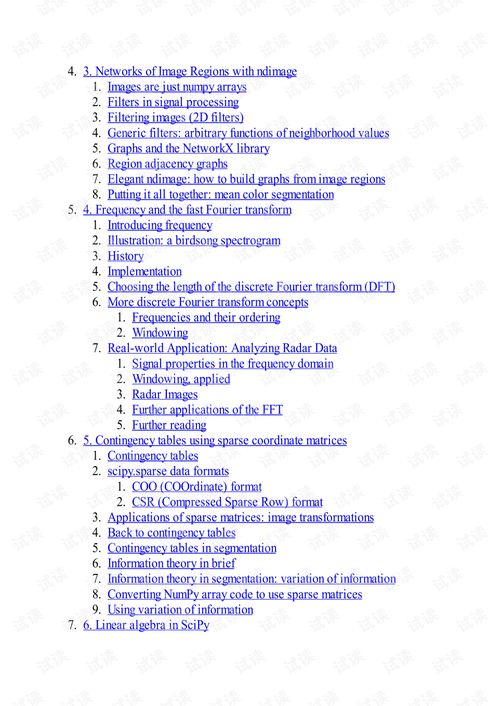Fishing, an age-old pastime that has been cherished by anglers around the world, is not just about casting a line into the water and waiting for a bite. It is an art form that requires patience, skill, and a deep understanding of the techniques involved. One of the most crucial aspects of fishing is learning how to effectively "溜鱼" or "reel in" your catch. In this article, we will delve into the art of fishing and provide you with essential techniques for mastering the art of reeling in your fish.
Understanding the Basics of Reeling In
Reeling in a fish is not as simple as it may seem. It requires a delicate balance between tension and relaxation, as well as the right timing and technique. Here are some fundamental principles to keep in mind:
Set the Right Tension: Too much tension can lead to breaking the line, while too little can cause the fish to pull away. Find a comfortable tension that allows you to feel the fish's movements without putting too much strain on the line.
Match Your Reel to Your Line: Different fishing reels are designed for different types of fishing and line strengths. Ensure that your reel is compatible with the line you are using to maximize your chances of landing the fish.
Keep Your Rod in a Natural Position: Avoid holding your rod in an unnatural or rigid position. Let it follow the natural arc of the fish's movements to maintain control.
Essential Techniques for Reeling In
Now that we have a basic understanding of the principles, let's explore some specific techniques that can help you become a master at reeling in your catch:
The Gentle Lift
When a fish takes the bait, it's important to react calmly. Instead of yanking the rod upwards, make a gentle lift to set the hook. This technique helps to avoid startling the fish and causing it to swim away.
The Slow Reel
Once the fish is on the line, reel in slowly and steadily. This allows the fish to tire out more quickly and reduces the risk of it breaking free. The key is to maintain a consistent pace.
The Pause and Reel Technique
After reeling in for a few seconds, pause for a moment. This gives the fish a chance to relax and can help you feel any subtle movements that indicate it's still there. Then, resume reeling in gently.
The Power Reel
If the fish starts to pull hard, you may need to apply more pressure. This is where the power reel comes into play. Engage the reel's drag and use your body weight to add extra force. However, be careful not to apply too much pressure, as this can lead to a line break.

The Tug-and-Release Technique
If the fish makes a sudden dash, resist the urge to pull back hard. Instead, allow the line to stretch and then reel in quickly once the fish has settled. This technique can help you maintain control and prevent the fish from getting away.
Advanced Tips for Reeling In
For those looking to take their fishing skills to the next level, here are some advanced tips:
Use a Monofilament Leader: A monofilament leader can provide extra flexibility and reduce the likelihood of the fish feeling the tension of the main line.
Practice with Different Fish Species: Each fish species has its own unique fighting style. Practice reeling in different types of fish to understand their behavior and adapt your technique accordingly.
Keep Your Equipment in Good Condition: Regularly check and maintain your fishing equipment, including rods, reels, lines, and hooks. This ensures that you are always prepared for the perfect catch.
Learn from Others: Join fishing clubs or communities to learn from experienced anglers. Observing and asking questions can provide valuable insights into advanced fishing techniques.
Stay Patient and Observant: The key to successful fishing is patience. Stay observant of the fish's movements and adjust your technique accordingly.
In conclusion, reeling in a fish is an art that requires practice, patience, and a deep understanding of the techniques involved. By following the principles and techniques outlined in this article, you will be well on your way to mastering the art of fishing and reeling in your catch with confidence. Happy fishing!












